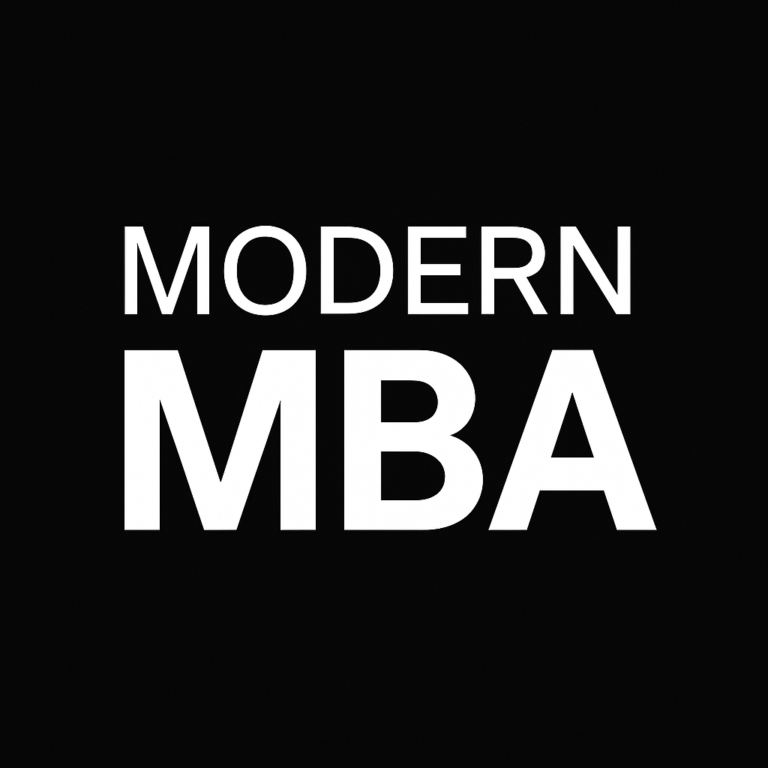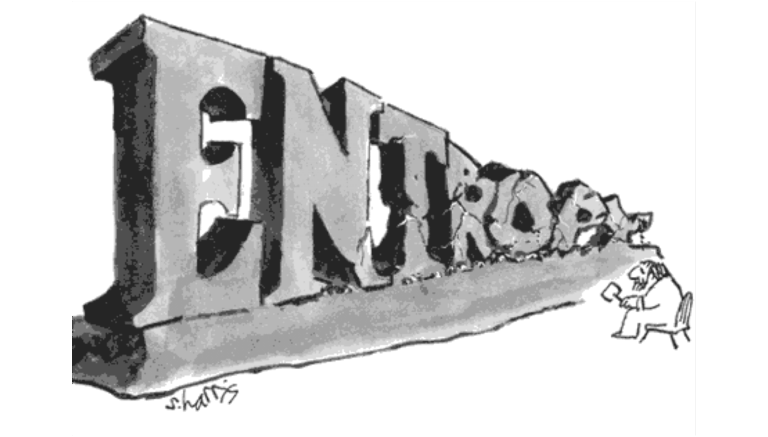
Who Do We Want to Be and Become as an Organization?
Summary Insight: Your business has a head and a heart—align both or drift apart. This article shows how to define and integrate your company’s quantitative goals and qualitative purpose to create a high-performance culture system. Key Takeaways: Define your company’s






